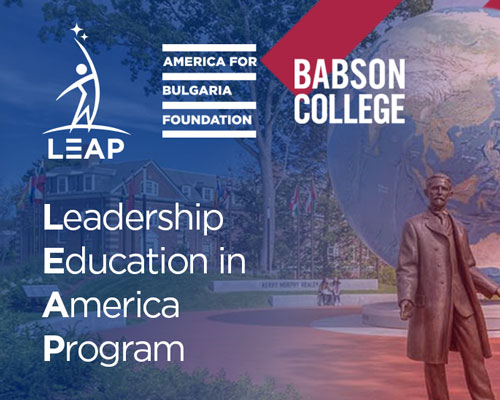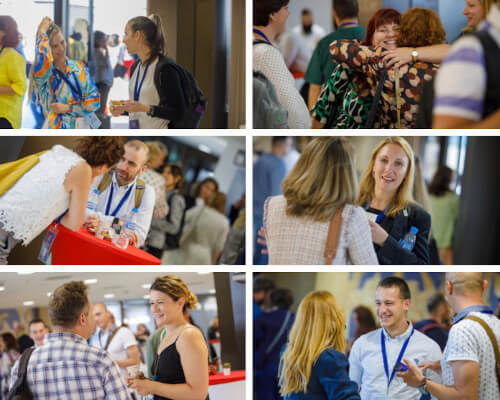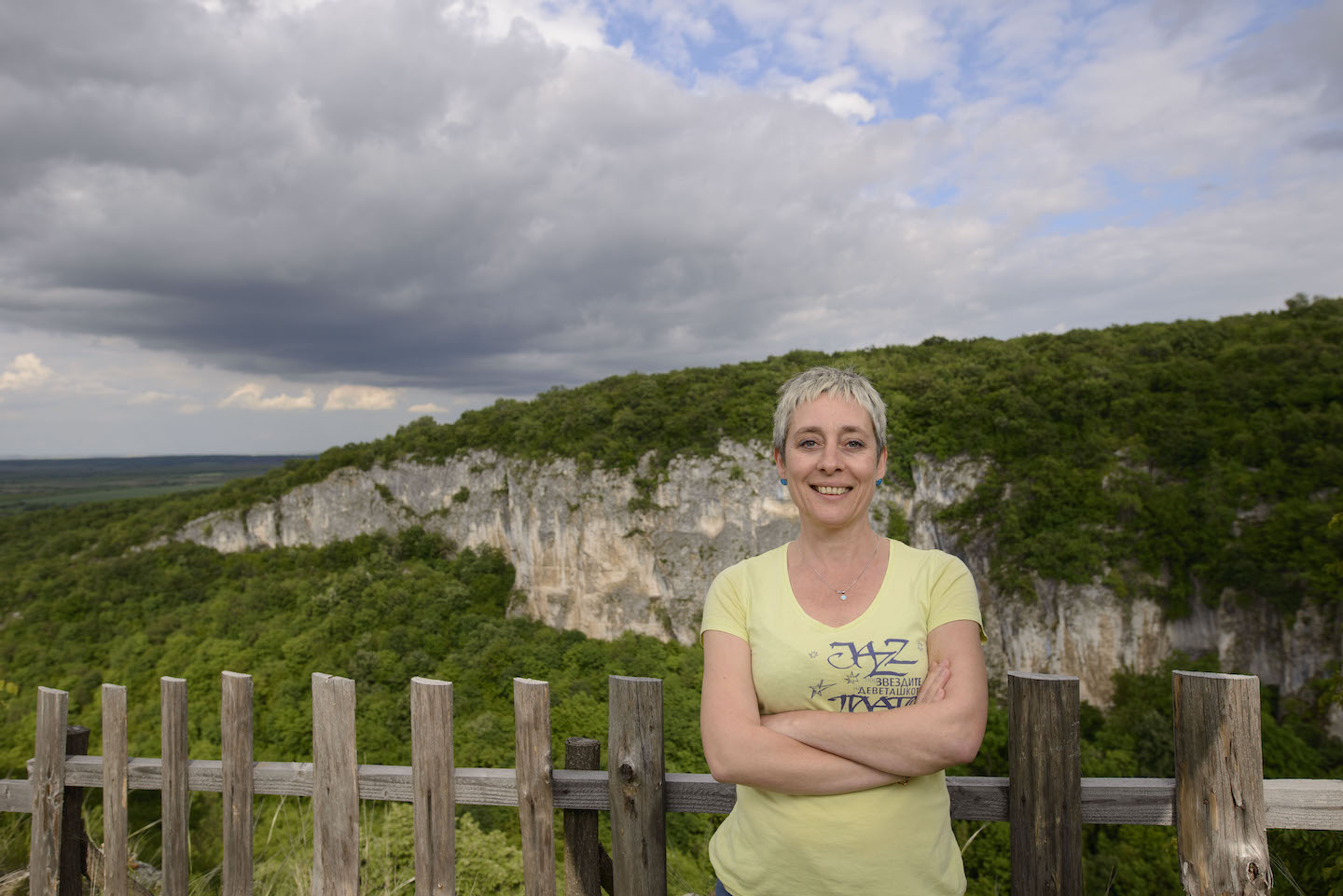 In Spain, natural and manmade wonders are not the only places that attract tourism. Visitors also flock to the places that offer the best view of these sights—the so-called “miradores” or observatories (from “mirar,” Spanish for “to observe, to see”). It is not enough to visit the Alhambra Fortress in Granada; you have to go to the otherwise unremarkable San Nicolas square, better known as El Mirador de San Nicolas, to get the most amazing view of the Moorish masterpiece. As a bonus, you will see the fortress against the backdrop of the permanently snow-capped ridges of the Sierra Nevada. In tourist guides, the “miradores” are often as popular as the views they reveal.
In Spain, natural and manmade wonders are not the only places that attract tourism. Visitors also flock to the places that offer the best view of these sights—the so-called “miradores” or observatories (from “mirar,” Spanish for “to observe, to see”). It is not enough to visit the Alhambra Fortress in Granada; you have to go to the otherwise unremarkable San Nicolas square, better known as El Mirador de San Nicolas, to get the most amazing view of the Moorish masterpiece. As a bonus, you will see the fortress against the backdrop of the permanently snow-capped ridges of the Sierra Nevada. In tourist guides, the “miradores” are often as popular as the views they reveal.
It is this kind of “mirador” that Iva Taralezhkova and the Devetaki Plateau Association uncovered on the road between the villages of Krushuna and Karpachevo. Known locally as “The Turn” or “The Canyon,” the place was a dump before Iva took over, but despite its unappealing past and unremarkable names, “The Canyon” offers memorable views in three directions. The view of the rocky canyon to the southeast will take your breath away (see above), and if you cross the road to the north, in clear weather, your eyes will feast on a panorama spanning a large section of the Danube Plain. Visitors lucky enough to look up at the right moment will see the only pair of black storks nesting on the Devetaki Plateau (and one of the few in Bulgaria) and their neighbors, a pair of golden eagles who have lived here for years.
A gazebo and gravel paths currently mark the spot, and tourist maps list it as Canyon Viewpoint. The Canyon’s makeover is representative of the transformation experienced by the entire Devetaki Plateau as a result of the work of the eponymous association. Before the latter started its activities in 2008, the Devetaki Plateau only existed as a concept in geography books. Today, the Plateau is a recognizable tourist destination with its own guidebooks and hundreds of reviews on travel sites.
It all began in 2006, when Iva and her coworker Velislava Chilingirova began touring the nine villages on the Plateau with the aim of drawing up a plan for the region’s development. They were surprised to find that people who had similar interests and lived in neighboring villages didn’t know each other. “We had to introduce hunt groups from neighboring villages,” Iva jokes. The villages on the Plateau belong to three different municipalities, Lovech, Sevlievo, and Letnitsa, so there was no strategy for their joint development. Other than a small lodge sleeping 12, there were no places to stay in the area in 2006, and the three local attractions, Kakrina Inn, Krushuna Falls, and Devetaki Cave, were not very well managed. Visitors to the Plateau averaged 15,000 a year.
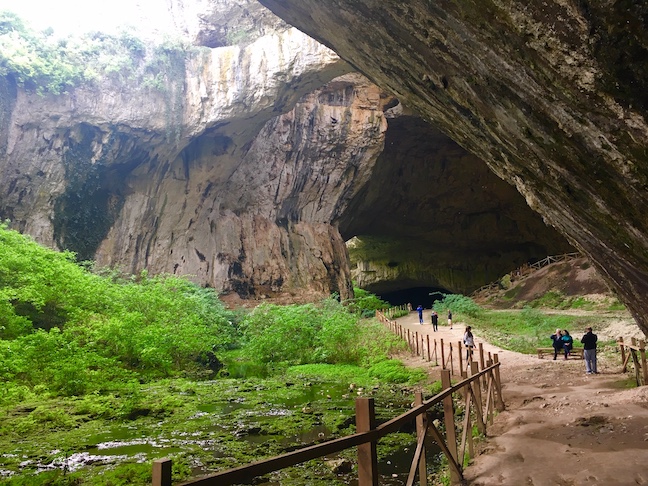 Today, over a quarter of a million people visit Krushuna Falls and Devetaki Cave annually (featured here). Fifty guesthouses and many traditional restaurants are available to those who wish to spend more than one day in the area. For the rest of their stay, a wide variety of attractions will be competing for their attention, among them the remains of a medieval castle near Kramolin, the smallest village on the Plateau, Tepava, whose crystal-clear air is said to heal, and Chukata Peak near the village of Brestovo, the Plateau’s highest point and another magnificent “mirador.”
Today, over a quarter of a million people visit Krushuna Falls and Devetaki Cave annually (featured here). Fifty guesthouses and many traditional restaurants are available to those who wish to spend more than one day in the area. For the rest of their stay, a wide variety of attractions will be competing for their attention, among them the remains of a medieval castle near Kramolin, the smallest village on the Plateau, Tepava, whose crystal-clear air is said to heal, and Chukata Peak near the village of Brestovo, the Plateau’s highest point and another magnificent “mirador.”
There are at least a dozen caves to visit. Boninska Cave has the biggest underground lake in Bulgaria; Futyo’s Cave has an inconspicuous entrance and is said to hide a treasure; and Stalbitsa Cave is a natural staircase. An annual jazz festival takes place near Garvanitsa (Raven’s Cave) in June. The Devetaki Plateau Association’s website offers a map of the area, event information, and a listing of local businesses.
Although the spectacular transformation of the region over a decade is not the work of any one person alone, the names of Iva and Velislava do stand out. Their hard work and untiring persistence in the face of challenges are the reason why Devetaki today has a vibrant community of local entrepreneurs, new residents, and a calendar of exciting events and why the region gets star ratings on sites like Tripadvisor.
Iva was born in nearby Gabrovo, but she visited the Plateau for the first time in 2000, years after moving to the capital. Once she discovered it, however, she never really left. Velislava lives in Troyan, another neighboring town. Their cooperation generated the vision for the region’s development, which hinged on treating the Plateau and its nine villages as a single tourist destination. The active involvement of the local community was key to their success from the start. After the first meetings with locals throughout 2006, Iva and Velislava organized a Conference on the Future of the Devetaki Plateau in 2007, which brought together representatives of each of the villages. The challenge they posed—”Let’s see what we can do together”—was greeted with enthusiasm all around.
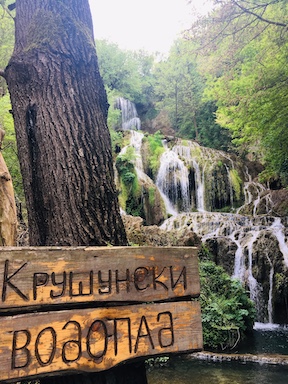 With the foundations of the Devetaki Plateau Association now firmly in place, the real work could begin. Local legends and residents’ memories helped identify the most interesting sites, and their stories were described in tourist guides. Teams were formed to clean and fix up the places, most of which were deteriorating or had become dumps. Signs were installed, hiking trails were secured, and bus stops and parking spaces were built. A tourist map, a cultural calendar, and a website for the Plateau were made. The projects were funded by European and American foundations, the EU, and the three municipalities, but as Iva says, “ideas and knowledge come from people, if you can get them to dream.” Unlocking people’s dreams is what she is proudest of and has been key to Devetaki’s success.
With the foundations of the Devetaki Plateau Association now firmly in place, the real work could begin. Local legends and residents’ memories helped identify the most interesting sites, and their stories were described in tourist guides. Teams were formed to clean and fix up the places, most of which were deteriorating or had become dumps. Signs were installed, hiking trails were secured, and bus stops and parking spaces were built. A tourist map, a cultural calendar, and a website for the Plateau were made. The projects were funded by European and American foundations, the EU, and the three municipalities, but as Iva says, “ideas and knowledge come from people, if you can get them to dream.” Unlocking people’s dreams is what she is proudest of and has been key to Devetaki’s success.
Many of the objectives identified in 2007 have already been achieved. These include the annual jazz festival near Gorsko Slivovo, the open-air movie theater in Kakrina, and the folklore fair in Tepava in September. Some of the achievements have exceeded expectations: there are fifty, not three, guesthouses as originally planned, and visitors can choose from among dozens of opportunities for cultural and culinary tourism, outdoor recreation, and extreme sports. Today, the association has 140 individual members, making it one of the largest in the country.
Between 2012 and 2014, the America for Bulgaria Foundation provided funding for the association’s activities, helping train nine local development teams and implement projects in each of the villages. Famous photographers took part in a traveling photography exhibition showing the beauty of the Devetaki Plateau, and every year since 2014 teams from all over the country have competed for the Devetaki Plateau Orienteering Cup.
Meanwhile, the number of tourists visiting the wonders and “miradores” of the Plateau is on the rise. One visitor, commenting on the Spanish Tripadvisor, wrote: “It is worth going to Lovech to visit Devetaki Cave. And there is lots more to discover there. What an experience!” And she is not the only one who gave her trip a five-star rating.
In the wake of Devetaki’s success, Iva adapted the development model used there and helped set up local development teams in the regions of Blagoevgrad, Kardzhali, and Veliki Preslav. In 2018, Iva teamed up with ABF to help local communities in Vratsa, Gabrovo, and Razgrad chart a path for the development of their cities. ABF has donated nearly half a million Bulgarian levs to the three cities in support of local development initiatives.
Photo 1: Iva Taralezhkova. Photographer: Dobrin Kashavelov
Photo 2: Devetaki Cave
Photo 3: Krushuna Falls
